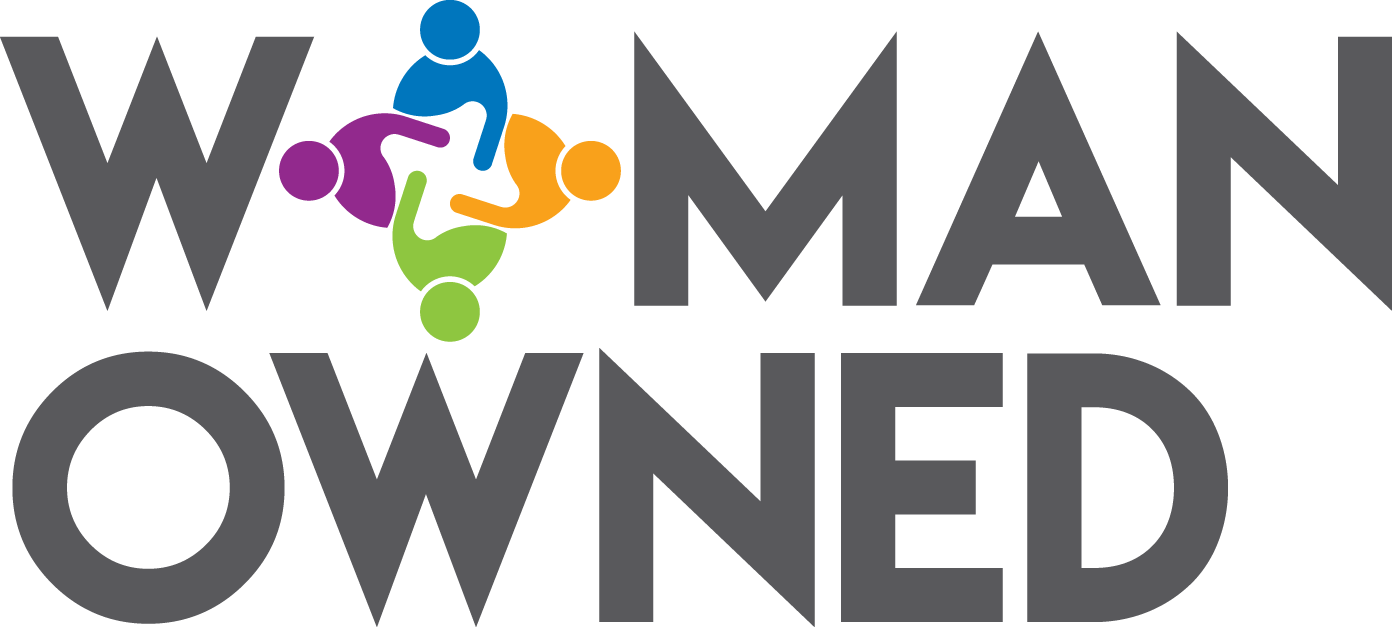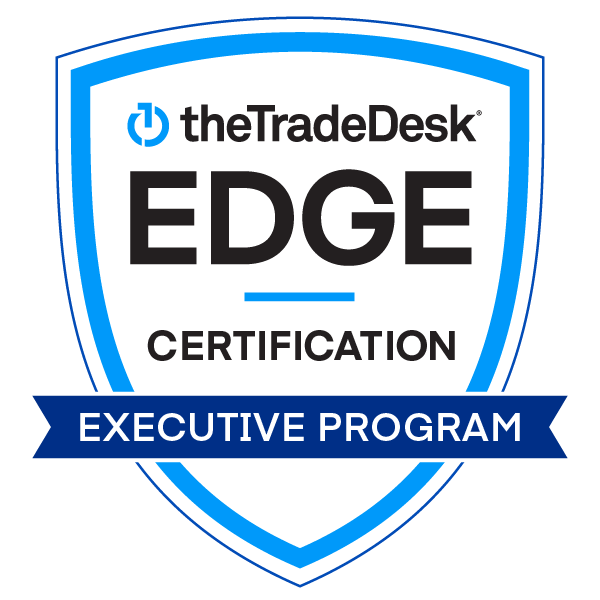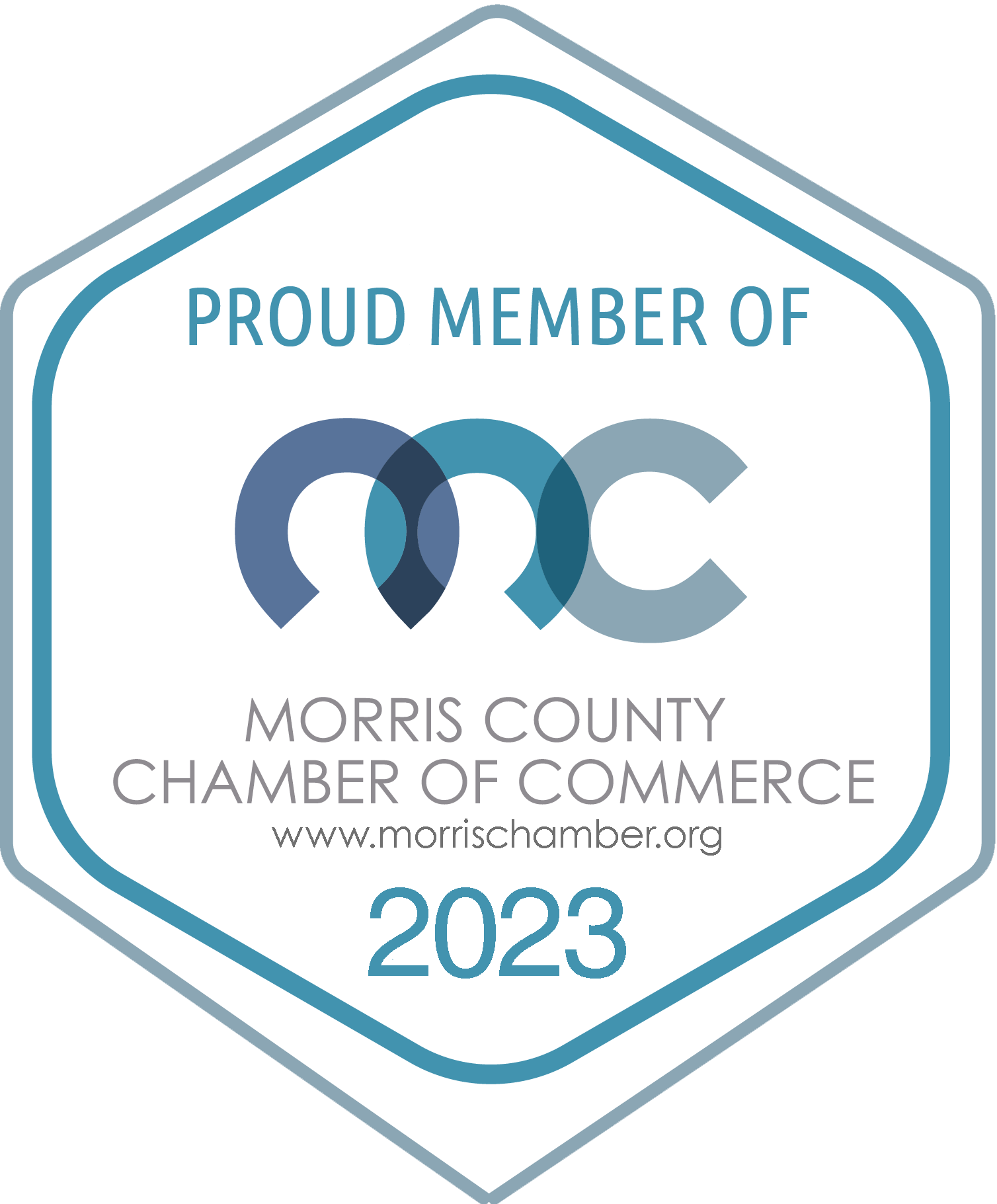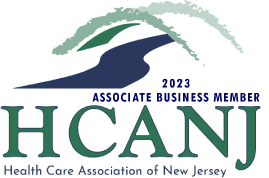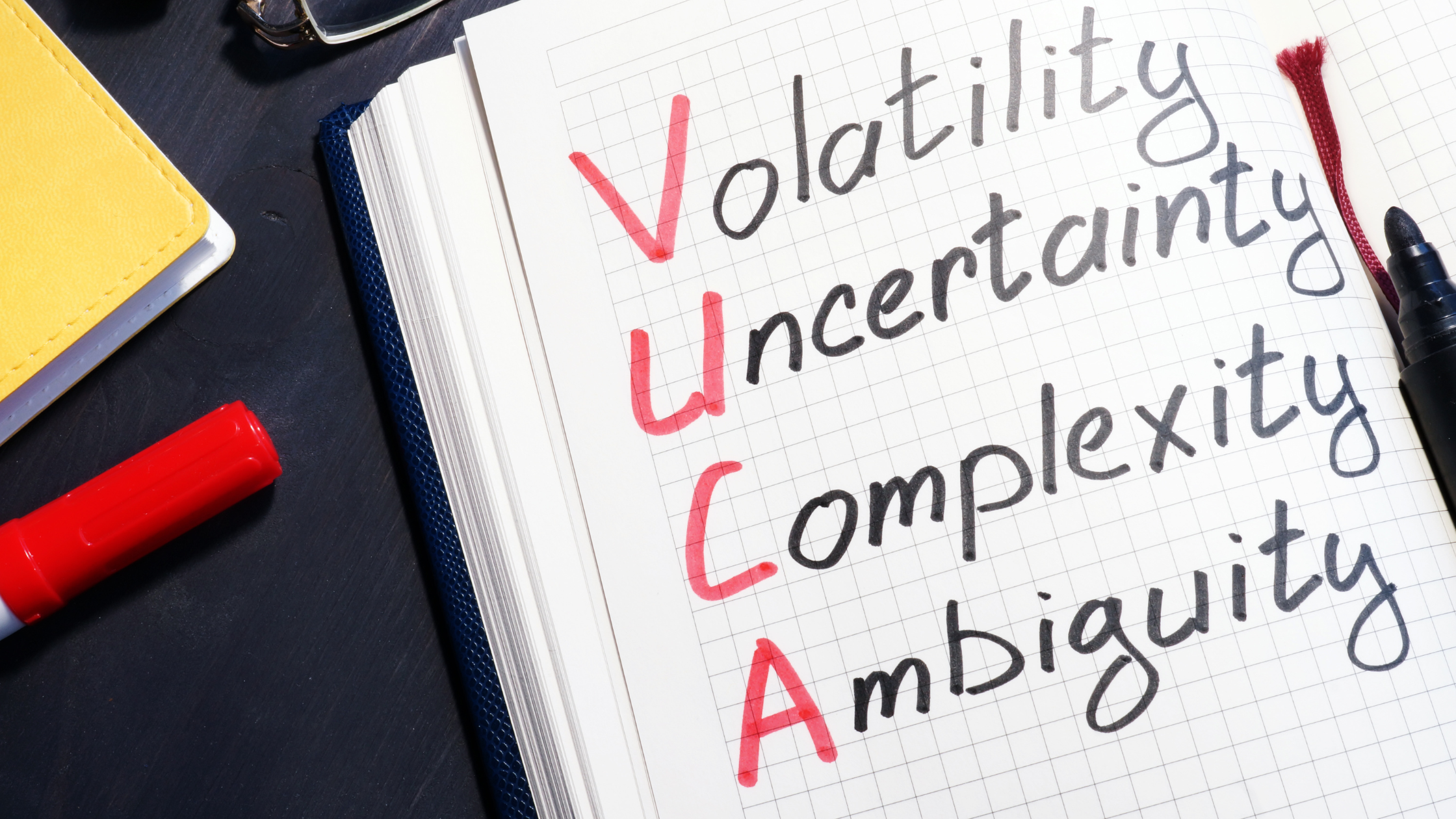
Spend five minutes watching broadcast news or scrolling social media feeds and there’s little doubt the world is becoming increasingly volatile, uncertain, complex, and ambiguous (VUCA). For organizations and those driving communications, this reality presents challenges … and opportunities. While technology – including AI – functions as an accelerant, it’s people, judgment, and decision-making that will ultimately determine who’s able to thrive in our VUCA world. Information is always imperfect and traditional linear problem solving is simply inadequate for dealing with today’s complex, non-linear issues.
Several recent studies — including those from Edelman, The Commission on Public Relations Education, and Future of PR/Comms and their Social Value — highlight the importance of critical thinking and effective decision-making in public relations.
And while business publications are filled with ideas and life hacks about making the most of uncertainty, a little-know, often misunderstood military strategy that was developed four decades ago by a maverick fighter pilot may well hold the key to most VUCA concerns. Air Force Col. John Boyd, sometimes called American’s greatest military thinker and strategist, developed a comprehensive theory of warfare known as the OODA Loop. It describes the ongoing cycle of observation, orientation, decision, and action that commanders and organizations should engage in to gain an advantage over rivals. The OODA Loop has been adopted by militaries around the world, and it’s also used in business and other fields.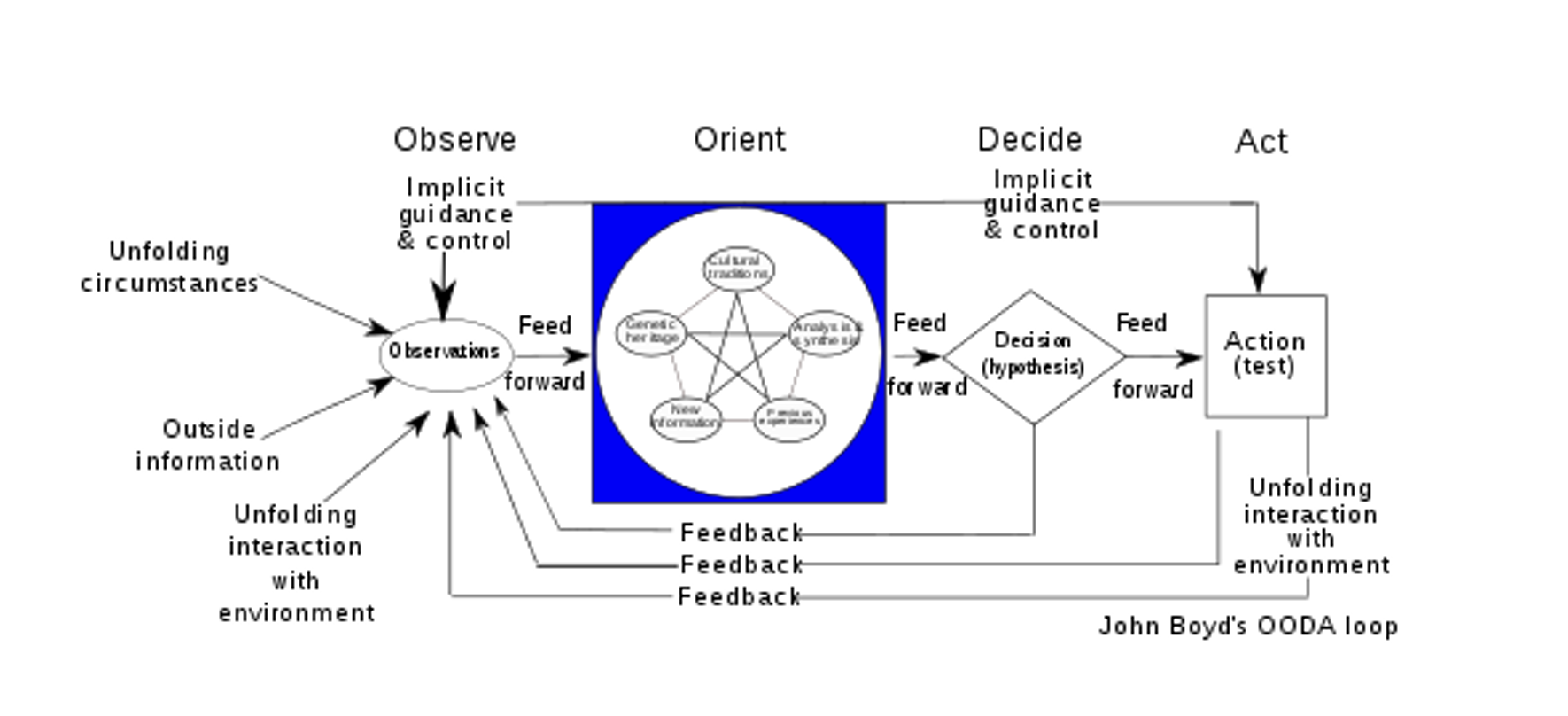
Boyd’s theories – which our firm has embraced — depart from linear problem-solving, instead embracing the intricacies of complexity. By recognizing the multifaceted nature of challenges, Boyd’s decision-making process promotes distributed leadership and involves orchestrating interactions and collaboration among diverse elements. These can enable organizations to respond nimbly to evolving contexts and foster innovation.
Collectively, Boyd’s concepts focus on outmaneuvering opponents. He argued that the best way to achieve victory is by thinking and then acting more quickly than rivals. These skills are essential for today’s professional communicators and marketers. Every competition, conflict, controversy, crisis, and even relationship is, by nature, uncertain. The OODA Loop can help public relations professionals make better decisions and act more quickly and effectively in even the most complex, uncertain environment.
Email Mike Cherenson to schedule an appointment and learn how to thrive in today’s VUCA world, mcherenson@successcomgroup.com.


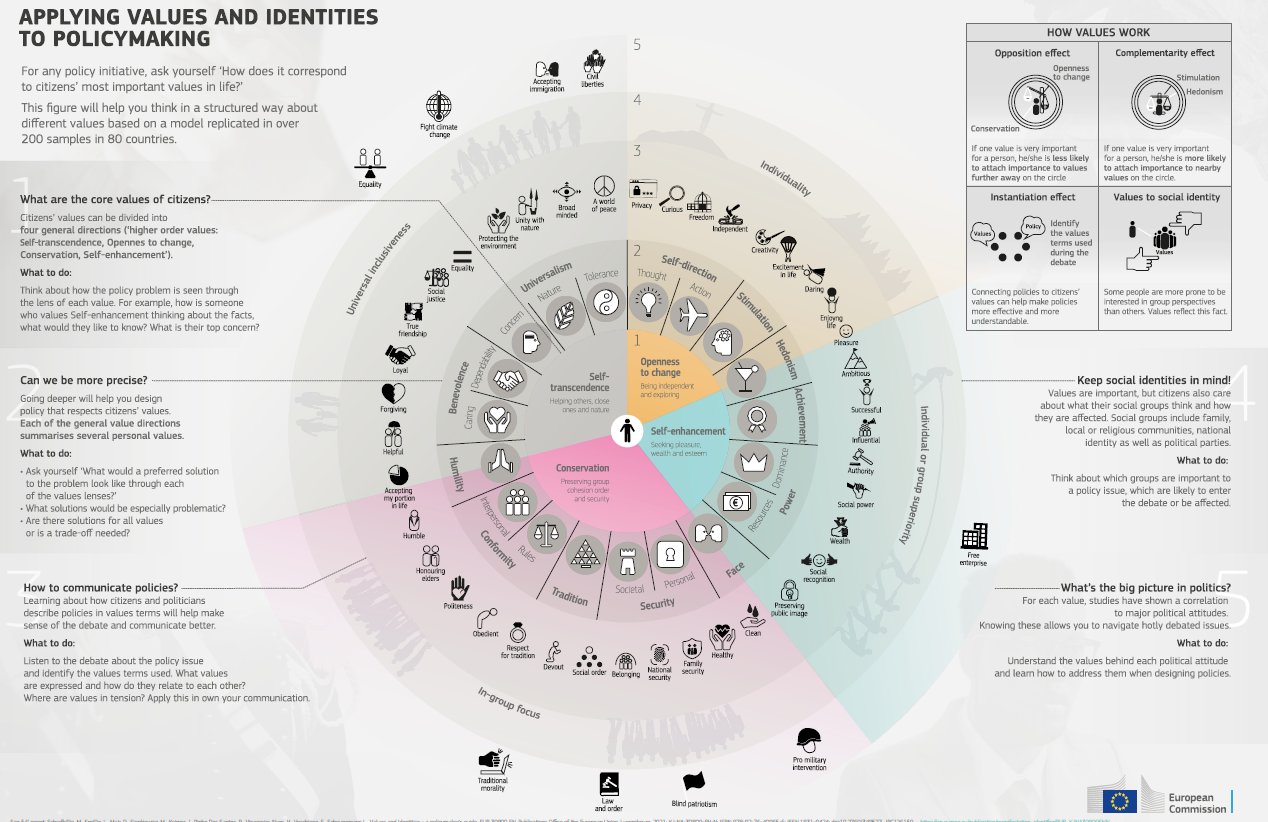


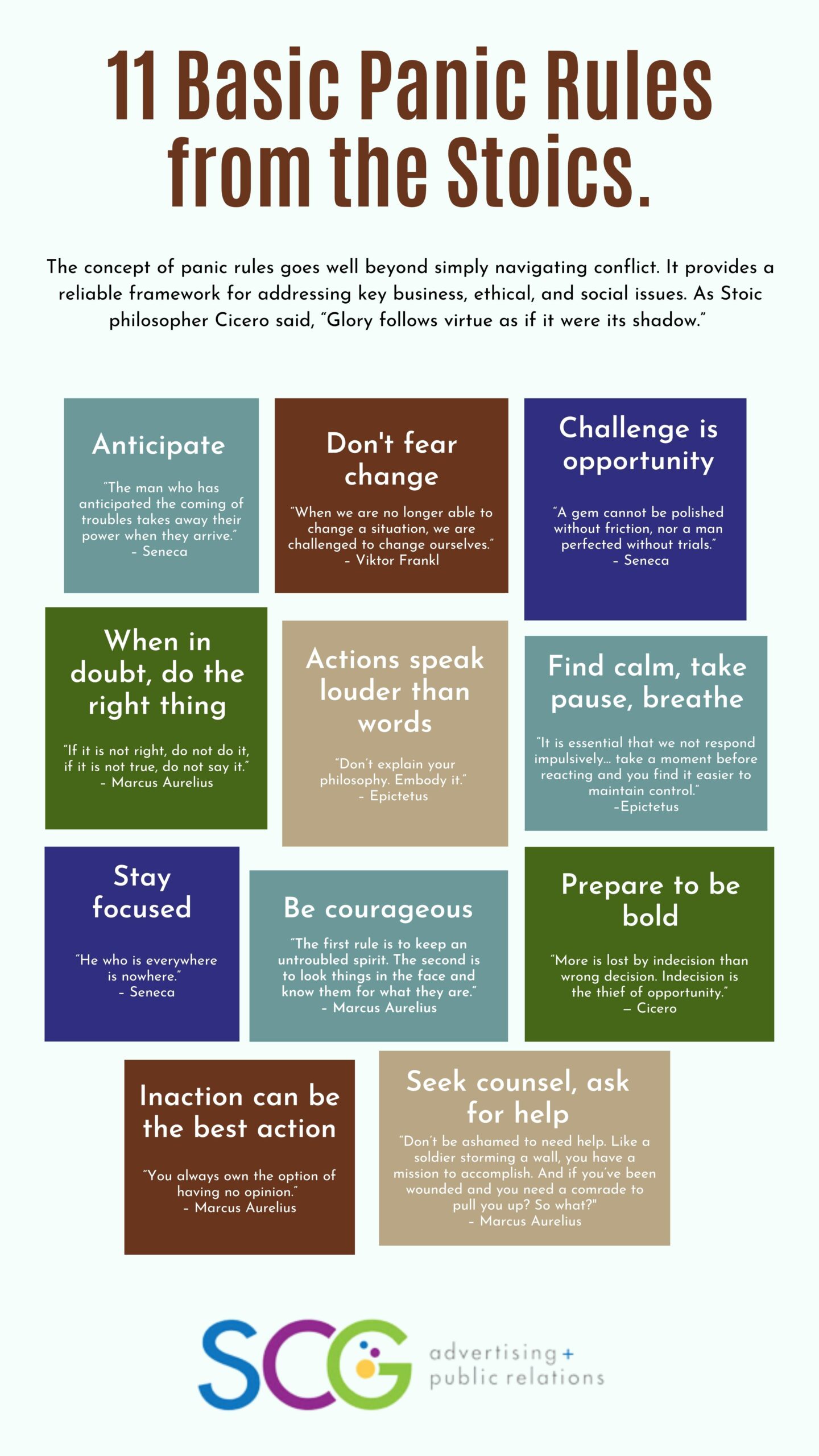




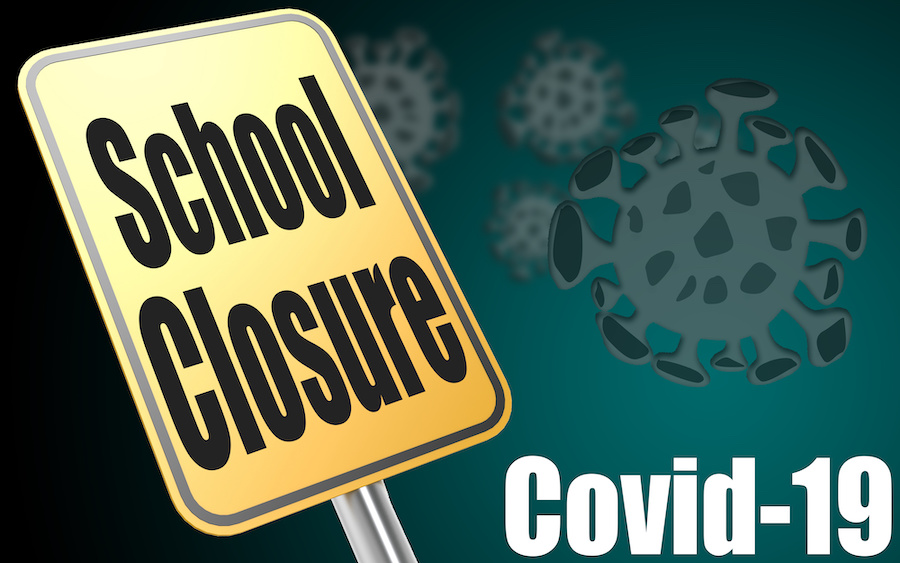


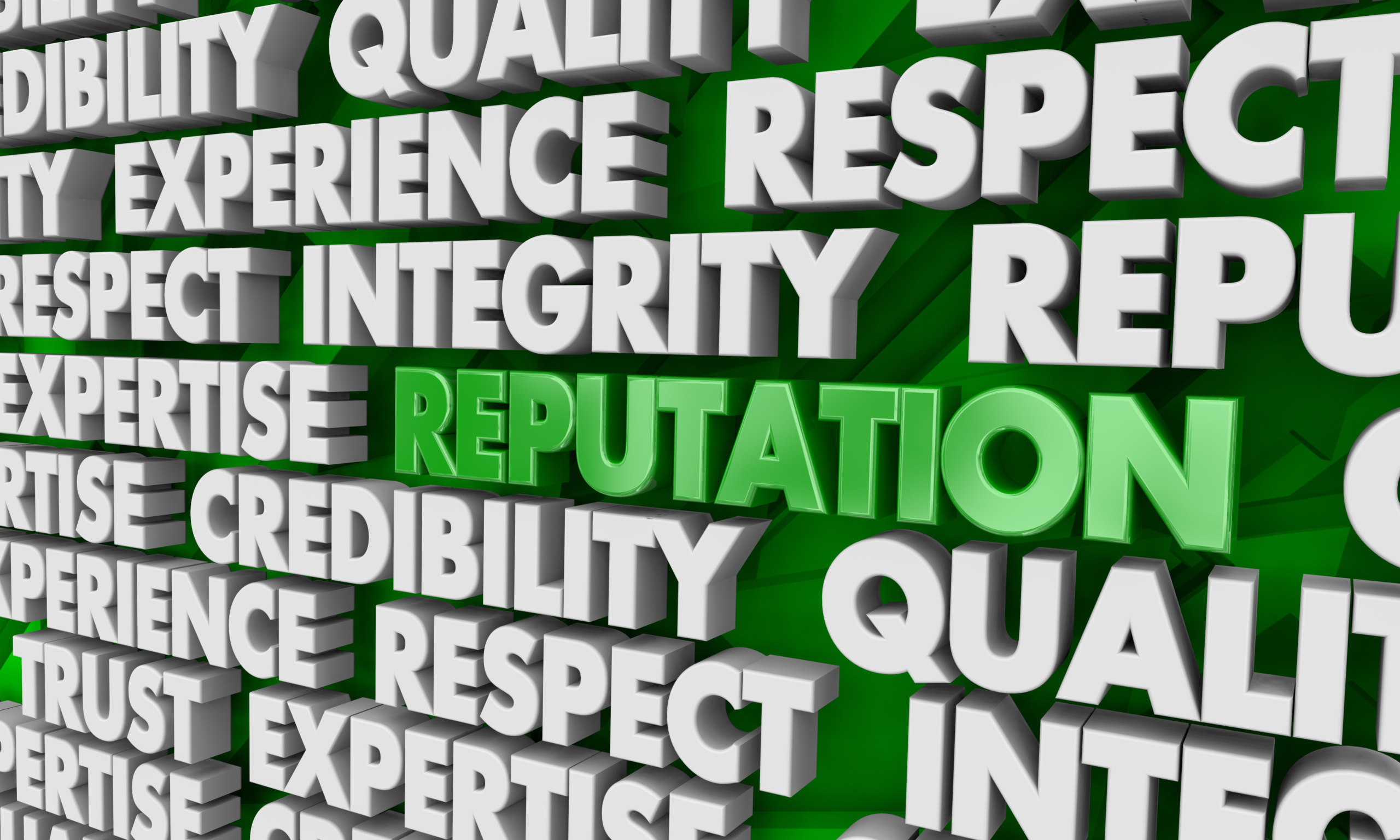
 The coronavirus death toll at long term care facilities – which includes nursing homes, assisted living, and other, related facilities – is currently approaching the tens of thousands, with numbers likely to rise further. New Jersey and New York are among the hardest hit by this devastation. Numbered among these staggering losses have been several high-profile cases involving misconduct and bad actors, and these will taint the entire industry for years. And, as a result, government at all levels has taken action, the media is shining a bright light on misdeeds, and a consumer backlash is certainly coming.
The coronavirus death toll at long term care facilities – which includes nursing homes, assisted living, and other, related facilities – is currently approaching the tens of thousands, with numbers likely to rise further. New Jersey and New York are among the hardest hit by this devastation. Numbered among these staggering losses have been several high-profile cases involving misconduct and bad actors, and these will taint the entire industry for years. And, as a result, government at all levels has taken action, the media is shining a bright light on misdeeds, and a consumer backlash is certainly coming.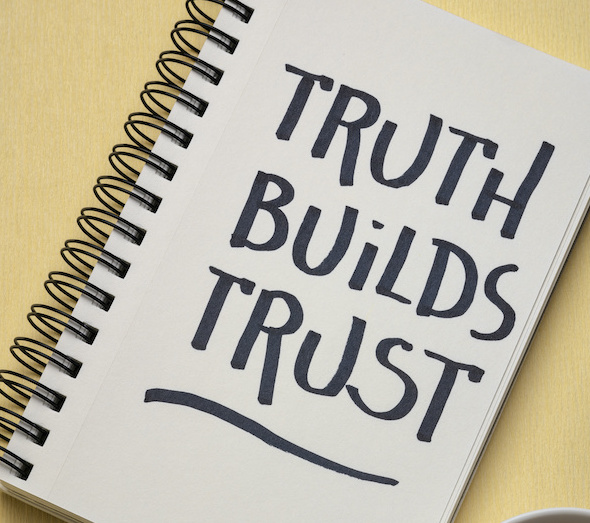
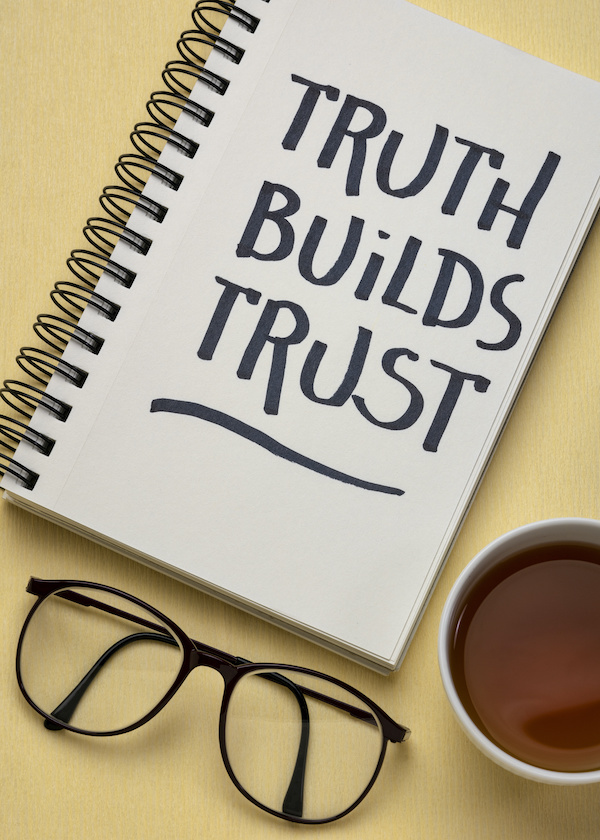 It’s a legendary scene. One famous actor shouts, “I want the truth!” The other snaps back, “You can’t handle the truth!“
It’s a legendary scene. One famous actor shouts, “I want the truth!” The other snaps back, “You can’t handle the truth!“